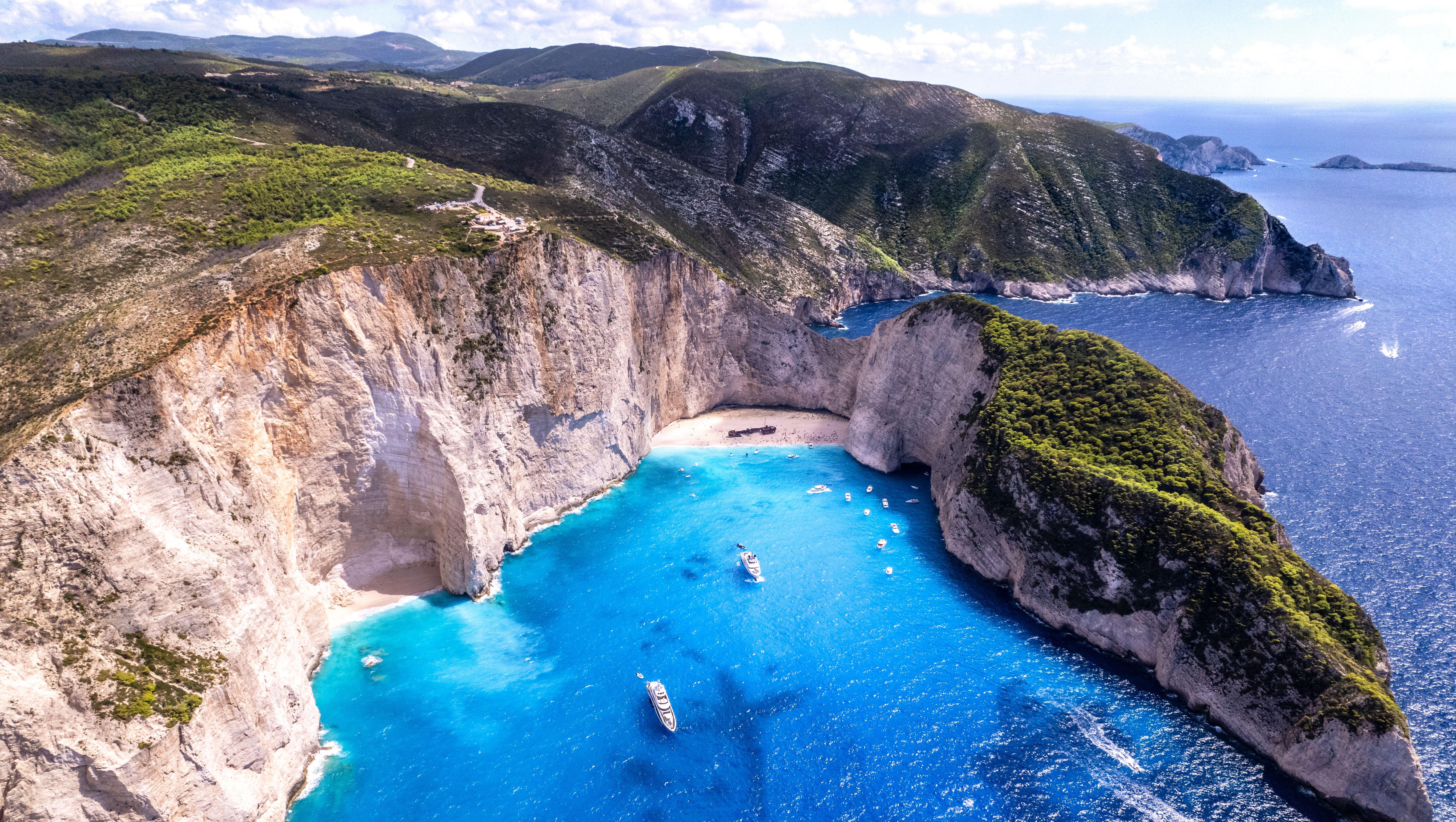Ship Graveyards and Ghost Fleets You Can See Up Close
Ship graveyards and ghost fleets hold a unique allure for adventurers and historians alike. These haunting maritime cemeteries, scattered across the globe, offer a glimpse into the past, where stories of exploration, war, and trade are etched into the rusting hulls of forgotten vessels. Visiting these sites is like stepping into a time capsule, where each ship tells a story of its own demise and the era it once sailed. The eerie beauty of these locations, often shrouded in mist and mystery, captivates the imagination, drawing visitors who seek to unravel the secrets of the seas. This exploration will delve into some of the most fascinating ship graveyards and ghost fleets around the world, uncovering their histories, current states, and the stories they silently tell.
The Ghostly Armada of Mallows Bay, Maryland

Mallows Bay, located on the Potomac River in Maryland, is home to the largest ship graveyard in the Western Hemisphere. Known as the "Ghost Fleet of the Potomac," this eerie collection of shipwrecks primarily consists of wooden steamships built during World War I. These vessels were intended to bolster the U.S. Navy's capabilities but were rendered obsolete by the war's end, leading to their abandonment. Today, over 230 ships rest in the bay, creating a unique ecosystem that supports diverse wildlife. Kayakers and history buffs flock to the area, where they can paddle through the skeletal remains and observe the interplay between nature and history. The site is a testament to both human ingenuity and folly, offering a hauntingly beautiful reminder of the past.
The Tragic Tale of Suisun Bay's Ghost Fleet, California
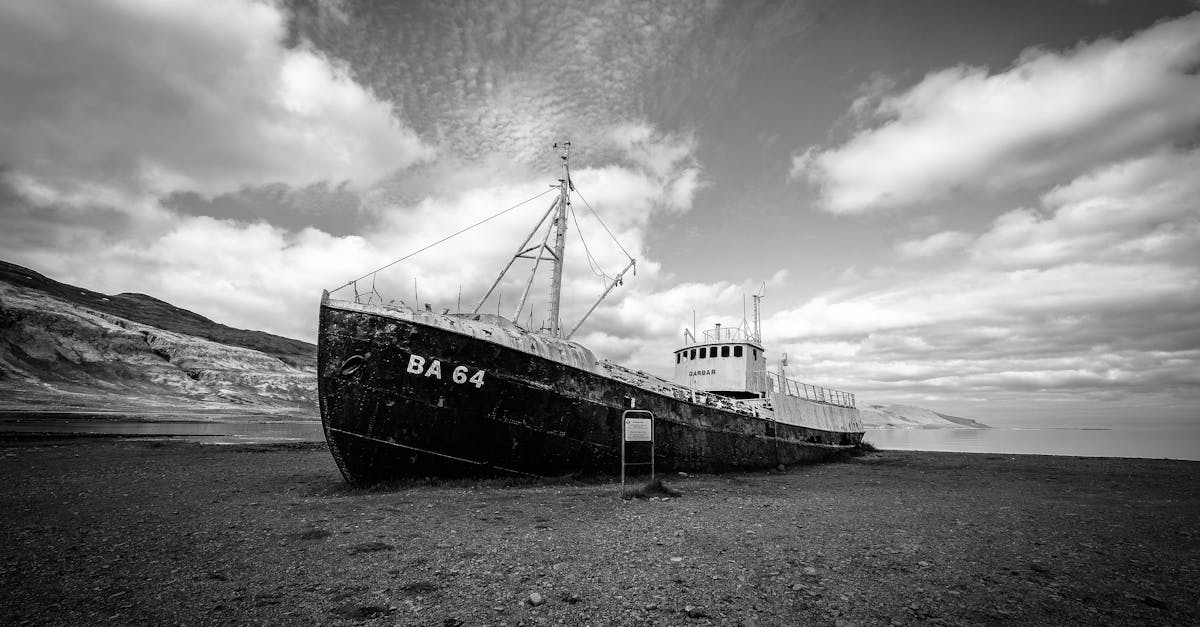
Suisun Bay in California is home to a ghost fleet with a more recent history, comprising decommissioned naval vessels from World War II, the Korean War, and the Vietnam War. At its peak, the fleet housed nearly 400 ships, though many have since been dismantled or repurposed. The remaining ships, however, stand as a stark reminder of the nation's military past. The area is not open to the public, but the hulking silhouettes of the ships can be seen from afar, evoking a sense of both nostalgia and somber reflection. These vessels, once the pride of the U.S. Navy, now sit idle, slowly succumbing to the elements. The ghost fleet of Suisun Bay symbolizes the inevitable passage of time and the changing nature of warfare and technology.
The Enigmatic Hulks of the Aral Sea, Kazakhstan
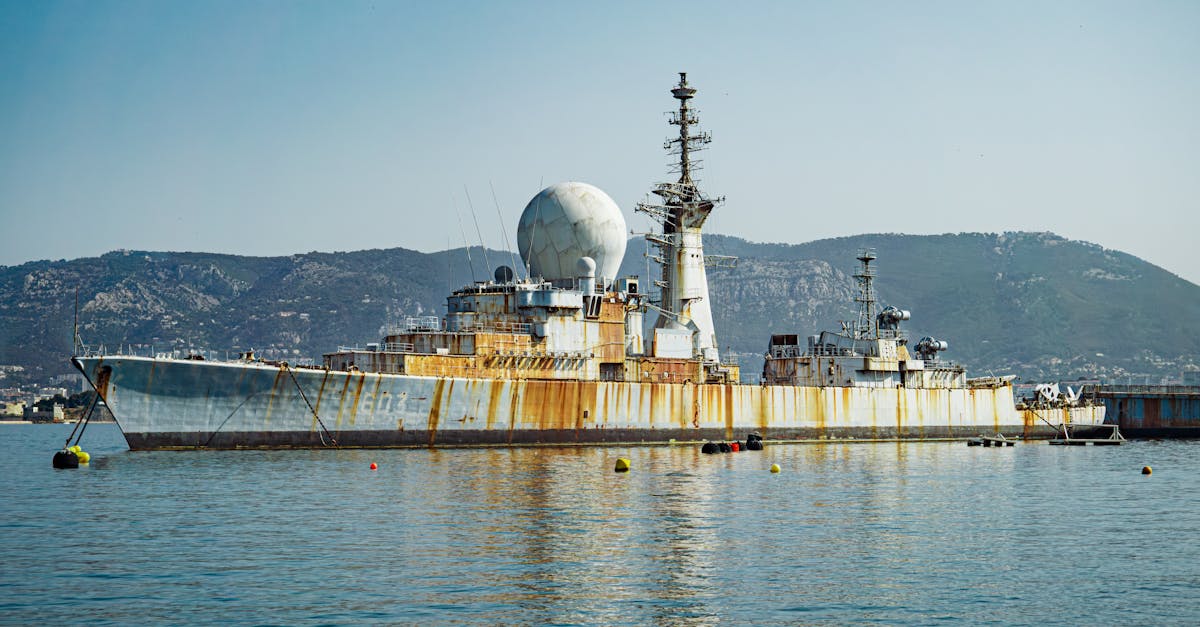
The Aral Sea, once one of the world's largest inland bodies of water, is now a desolate desert scattered with the rusting hulks of fishing trawlers and cargo ships. This ship graveyard is a stark testament to environmental mismanagement, as Soviet irrigation projects diverted rivers that fed the sea, causing it to shrink dramatically. The skeletal remains of ships now rest on the arid plains, creating an otherworldly landscape that attracts photographers and environmentalists. The ghost ships of the Aral Sea serve as a powerful reminder of human impact on the environment and the dire consequences of unchecked industrial endeavors. This site is a poignant symbol of loss, both ecological and cultural, as once-thriving fishing communities have been displaced by the sea's retreat.
The Forgotten Fleet of Ross Island, Antarctica
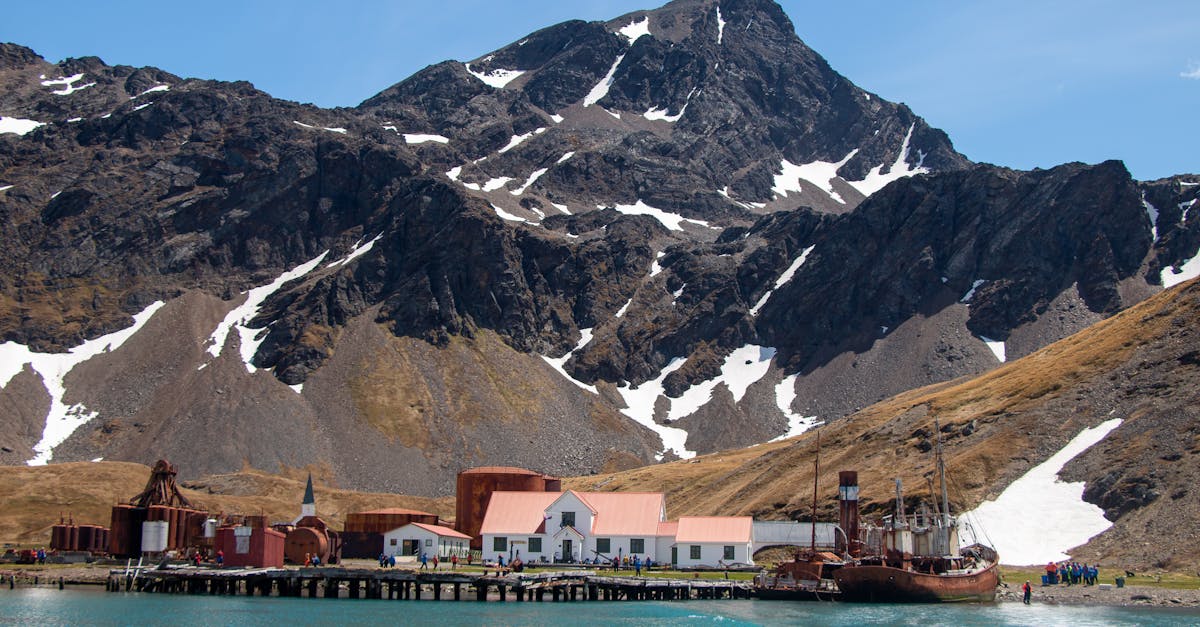
Hidden in the icy embrace of Antarctica lies the forgotten fleet of Ross Island, a collection of ships that succumbed to the harsh polar conditions during early 20th-century expeditions. These vessels, trapped by pack ice and abandoned by their crews, now lie beneath the frigid waters, preserved by the cold. The most famous among them is the Endurance, led by Sir Ernest Shackleton, whose story of survival is legendary. Though the ships are not easily accessible, their presence is a testament to the indomitable spirit of exploration and the unforgiving nature of the polar environment. This ghost fleet serves as a frozen monument to human determination and the relentless pursuit of discovery, offering a sobering reminder of the challenges faced by early explorers.
The Submerged Secrets of Chuuk Lagoon, Micronesia
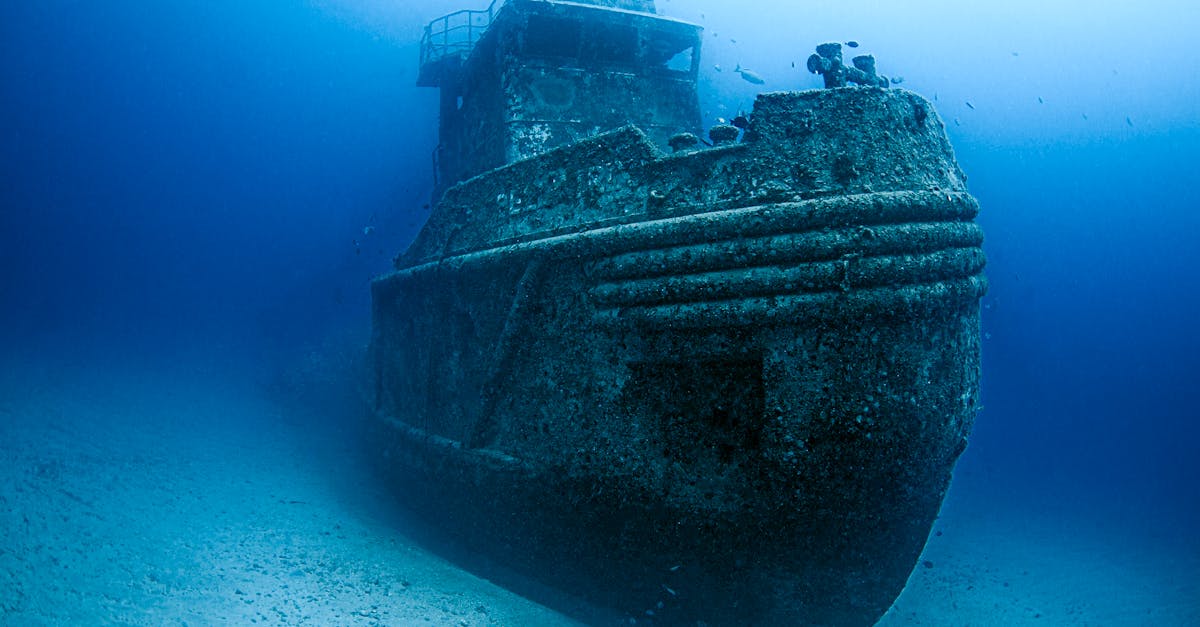
Chuuk Lagoon, part of the Federated States of Micronesia, is home to one of the most significant ship graveyards in the world. During World War II, this lagoon served as a major Japanese naval base, which was devastated by Operation Hailstone in 1944. The attack left over 60 ships and numerous aircraft submerged, creating an underwater museum of wartime relics. Today, Chuuk Lagoon is a haven for divers, who explore the coral-encrusted wrecks teeming with marine life. The site offers a unique blend of history and natural beauty, where the destructive power of war has given rise to a vibrant underwater ecosystem. This ghost fleet is a poignant reminder of the past, where history and nature have intertwined to create a living memorial beneath the waves.
The Haunting Wrecks of Scapa Flow, Scotland
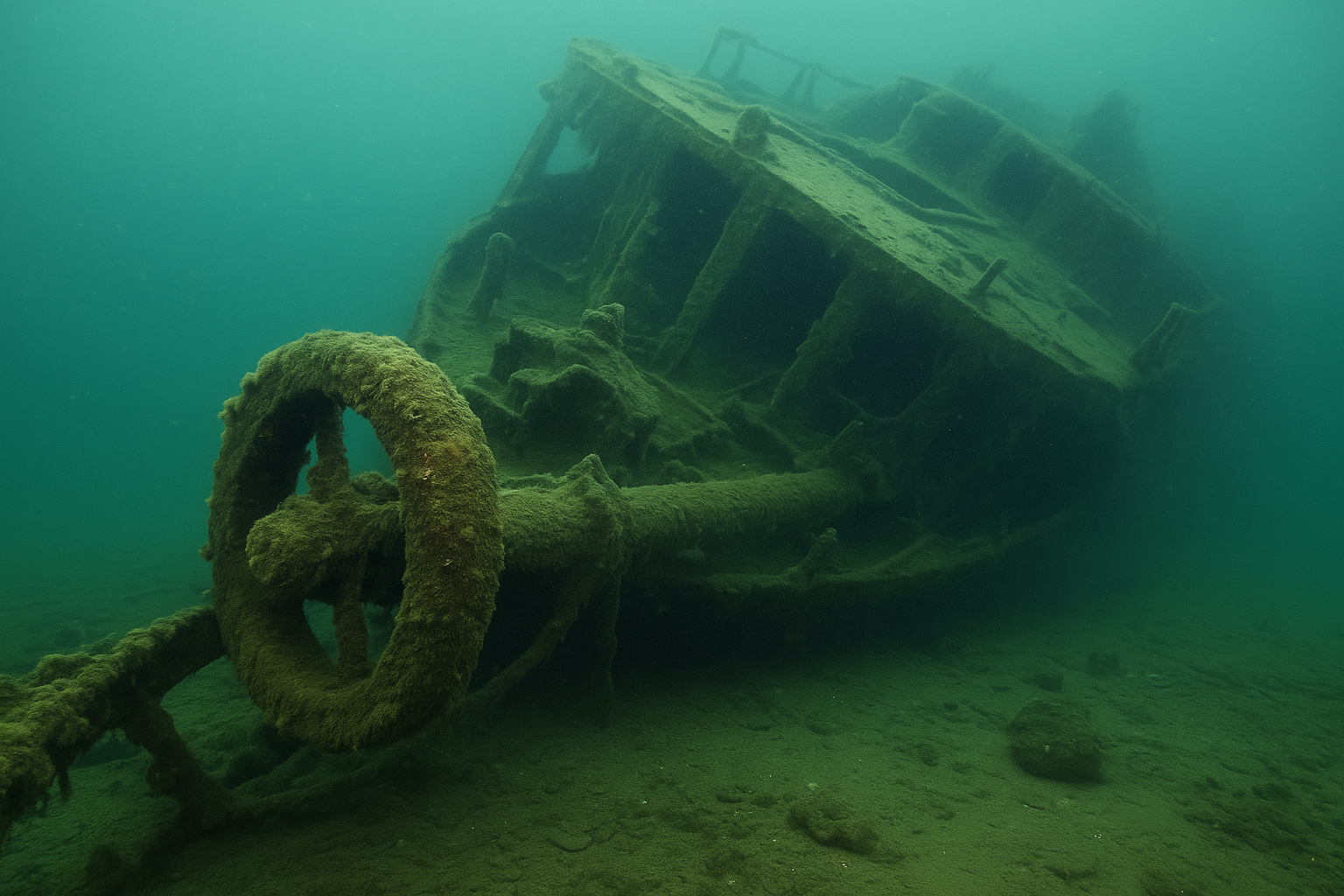
Scapa Flow, a natural harbor in the Orkney Islands of Scotland, is the final resting place for the German High Seas Fleet, scuttled in 1919 following World War I. The dramatic decision to sink their own ships was made to prevent them from falling into Allied hands. Today, the wrecks of battleships and cruisers lie beneath the cold, clear waters, offering a haunting dive experience for those who seek to explore their depths. The site is a powerful reminder of the complexities of war and the lengths to which nations will go to protect their interests. Scapa Flow's ghost fleet is a poignant symbol of a bygone era, where the echoes of history resonate through the water, inviting reflection on the cost of conflict.
The Silent Sentinels of the Skeleton Coast, Namibia
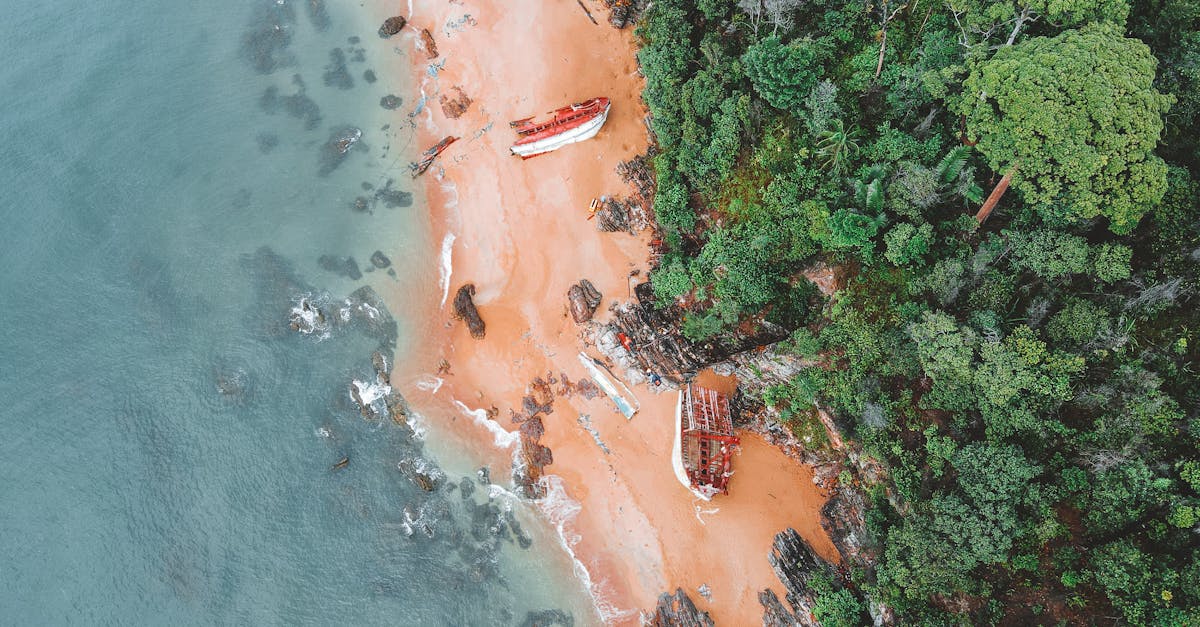
The Skeleton Coast of Namibia is notorious for its treacherous waters and shifting sands, which have claimed countless ships over the centuries. This desolate stretch of coastline is littered with the rusting remains of vessels, their skeletal forms slowly being consumed by the encroaching desert. The shipwrecks, some dating back to the 19th century, are a testament to the unforgiving nature of the Atlantic Ocean and the perilous journeys undertaken by mariners. The area is remote and inhospitable, yet it draws intrepid travelers who seek to witness its haunting beauty. The ghost ships of the Skeleton Coast stand as silent sentinels, guarding the secrets of the past and serving as a stark reminder of the sea's formidable power.
The Sunken Treasures of the Black Sea, Bulgaria
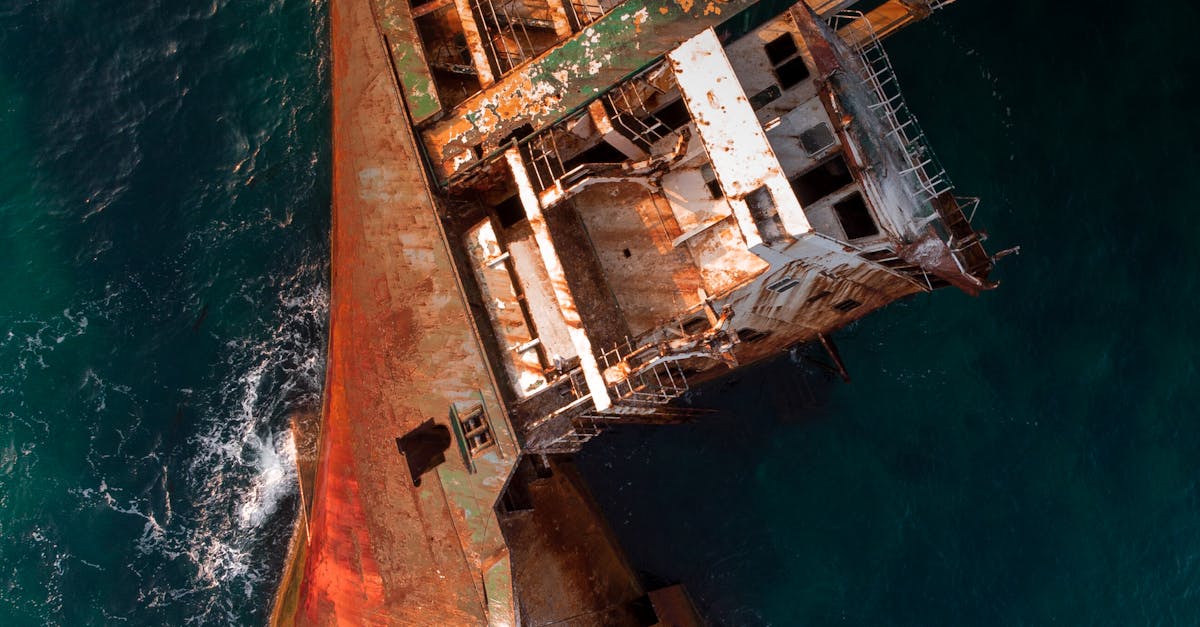
The Black Sea, with its anoxic waters, is a treasure trove of well-preserved shipwrecks, some dating back thousands of years. Off the coast of Bulgaria, marine archaeologists have discovered a fleet of ancient ships, offering unprecedented insights into early maritime trade and cultural exchange. The unique conditions of the Black Sea have prevented the usual decay, allowing these ghost ships to remain remarkably intact. This underwater graveyard is a testament to the rich history of the region, where civilizations have risen and fallen, leaving behind a legacy of exploration and commerce. The ghost fleet of the Black Sea is a remarkable window into the past, where each shipwreck tells a story of human endeavor and the enduring connection between people and the sea.
The Enduring Fascination with Maritime Mysteries
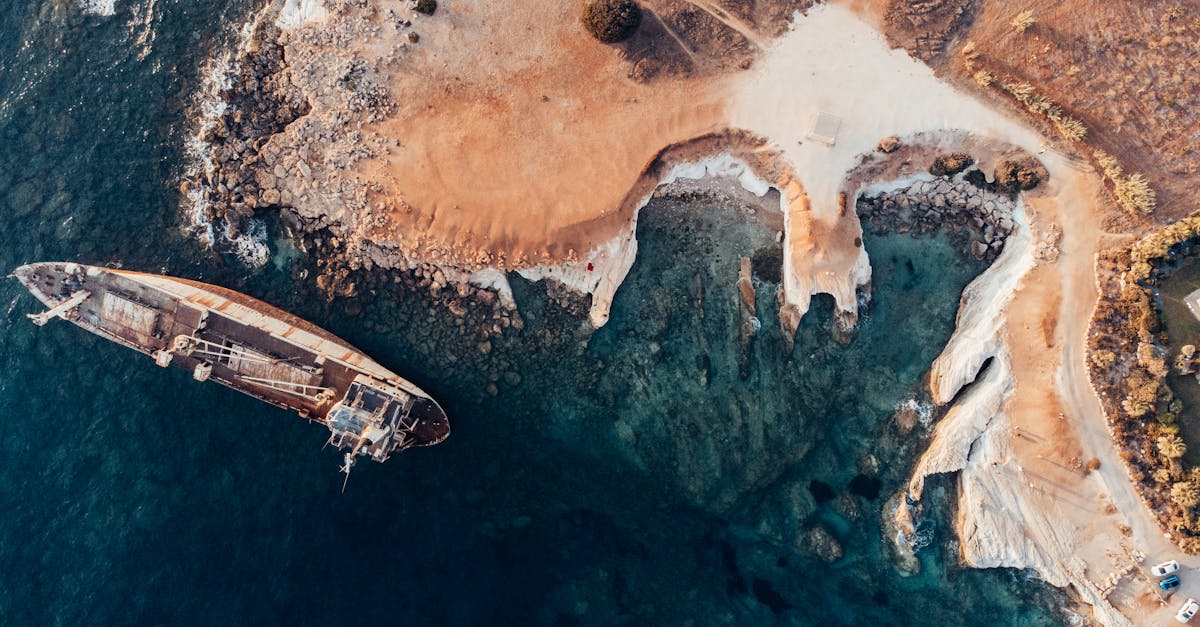
Ship graveyards and ghost fleets captivate the imagination, offering a tangible link to the past and a reminder of the sea's enduring mysteries. From the icy waters of Antarctica to the arid plains of the Aral Sea, these sites tell stories of human ambition, conflict, and resilience. They serve as poignant reminders of the power of nature and the impermanence of human endeavors. As we explore these hauntingly beautiful locations, we are reminded of the delicate balance between progress and preservation, and the importance of learning from history. The allure of ship graveyards and ghost fleets lies not only in their eerie beauty but also in the stories they tell, inviting us to reflect on our own journey through time.




